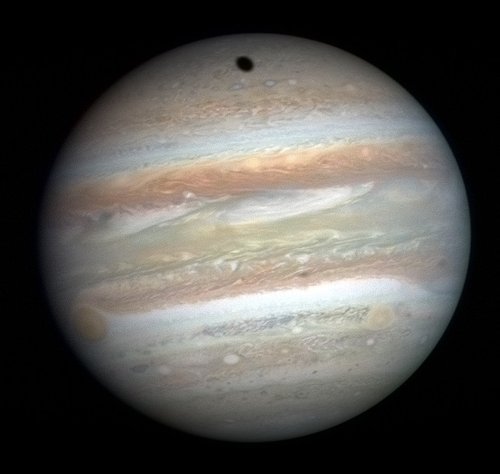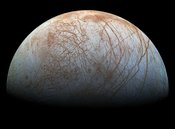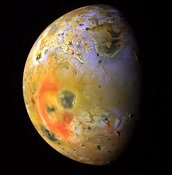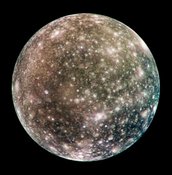Current Info for Observer
as of 04/19/2024 8:01 a.m.
Please login to view current observation details
General Info
as of 04/19/2024 8:01 a.m.
| Type | Planet |
| Constellation | Aries |
| Magnitude | -1.87 |
| Orbits | Sun |
| Right ascension | 3:16:51.09 (Hours) |
| Declination | 17:21:56.9 (Deg) |
| % illuminated | 99.863 |
| Distance from Earth | 5.92814AU |
| Distance from Sun | 5.00855AU |
| Elongation | 21:40:53.8 |
| Mass | 317.8 ⊕ |
The largest planet | |
☉ Solar Masses ⊕ Earth Masses j Jupiter Masses
Celestron Omni XLT 150
0 points
Finally saw Jupiter with my telescope. The great red spot was not in view but stripes were clearly visible. Io, Ganymede, Europa and Callisto were clearly visible.
Celestron SkyMaster 15x70 Binoculars
100 points
I couldn't get up early enough to get out my telescope but it was still an amazing site to see red/orange Mars, Jupiter and bright Venus so close to each other!
7x50 Binos
100 points
Great view of Venus, Jupiter, Mars and Mercury in one section of the sky! All 4 Galilean moons visible in the 7x50's.
Skywatcher Explorer 150PDS
100 points
It had been cloudy all day long, (actually for a few days/nights now), but as it started to get a bit darker after sunset, a few gaps started to appear. I decided to pull out the little 6" newt (my grab & go scope) mainly to let a couple of friends look through a telescope for the first time. Jupiter is IMHO a great showpiece. Only had time to let the scope cool down for about 15 minutes, but I figured I didn't have to go that high in magnification. Grabbed a couple of EP's (Celestron X-Cel LX 12mm and 9mm) and out we went. Got a crisp and clear image with the 12mm EP, the two main equatorial bands were very easy to make out, so did the four galilean moons. Swapped to the 9mm EP but I didn't think it would be that good since the scope hadn't cooled down properly, I was, however, wrong. Really clear and crisp image with that EP as well. What a good feeling to hear and see the reactions of my friends as they looked through the scope, enjoying the view of Jupiter and its moons. It has been far too long since I aimed a telescope at this Jupiter (or any other planet for that matter). Only got a short session this time though, as the clouds closed the show way too fast. But better a short session than no session at all.
Celestron 127eq
100 points
Started off the night's viewing with Jupiter, as usual. Bands are just visible in my scope and all four major moons were seen. My brother-in-law joined me for a couple of hours and he was blown away!
Generate a finder chart
The following form will generate a PDF finder chart suitable for printing using to locate objects in the sky with your telescope!
The Date is only really useful for solar system objects, as deep space objects move measurably only on a galactic timescale.
The larger the F.O.V (field of view), the more "zoomed out" the object will appear. It can be helpful to print several charts of the same object with different field of views.
Limiting the magnitude (remember, lower magnitude means brighter!) of stars and objects can make sure your chart is not cluttered with dim objects that you may not be visible to you anyway. The defaults are good, but try experimenting with raising and lowering the values.
Please login to post comments




